
Why is the Amazon still at risk despite ‘zero deforestation’ commitments?
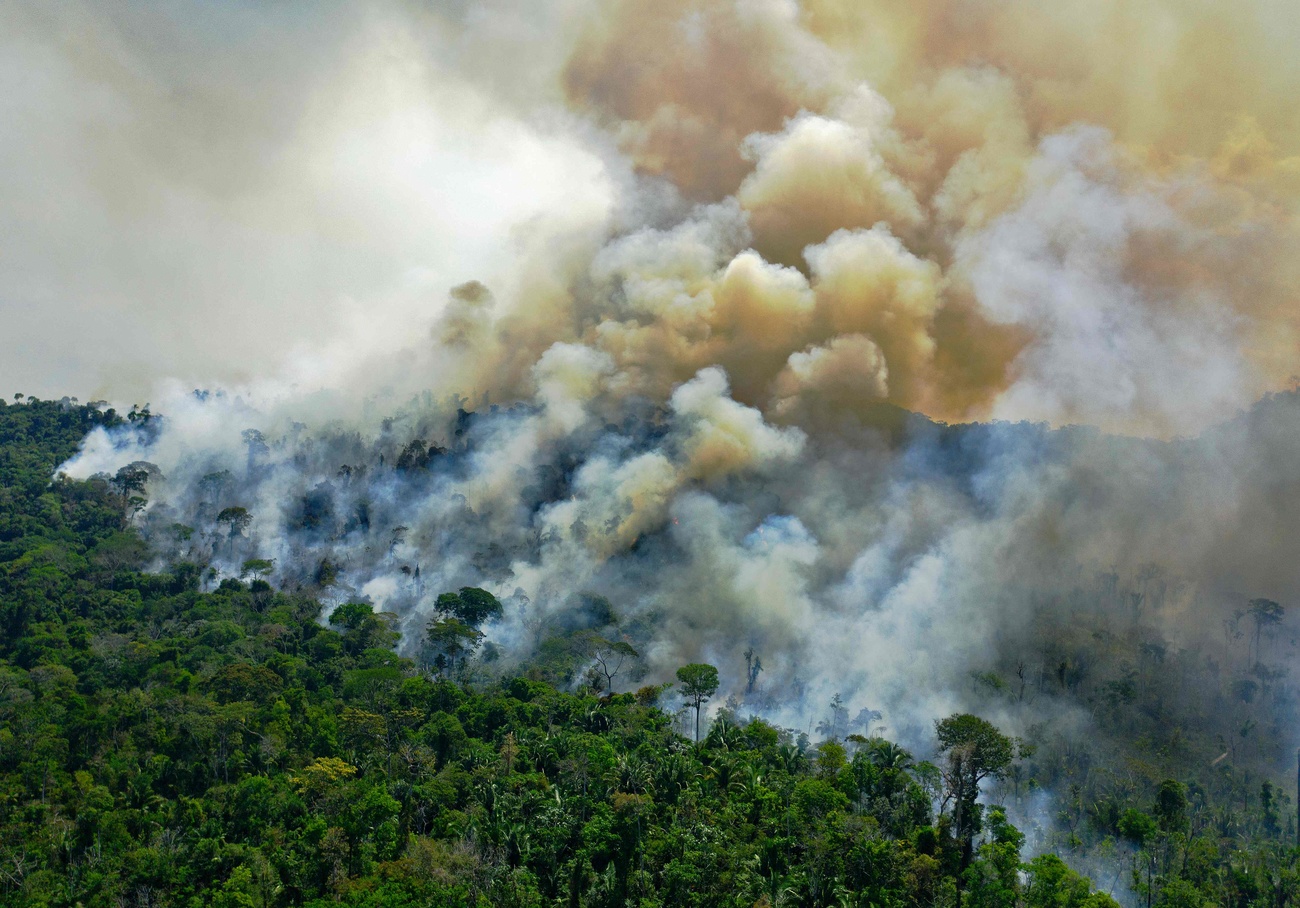
Many multinational companies including Swiss-based commodity firms have pledged to distance themselves from clear felling in the Amazon. A loophole in regulations and monitoring is jeopardising their best intentions.
Some people still remember when the town of Paragominas in Brazil’s Pará state was nicknamed Paragobalas (bala is bullet in Portuguese). It was a frontier town with a reputation for illegal logging and violence. In 2008, when the government began to get serious about cracking down on deforestation angry locals ransacked the local office of the Brazilian environment protection agency and set fire to vehicles. They also made away with 14 trucks that had been seized for carrying wood that was illegally obtained from an indigenous reserve.
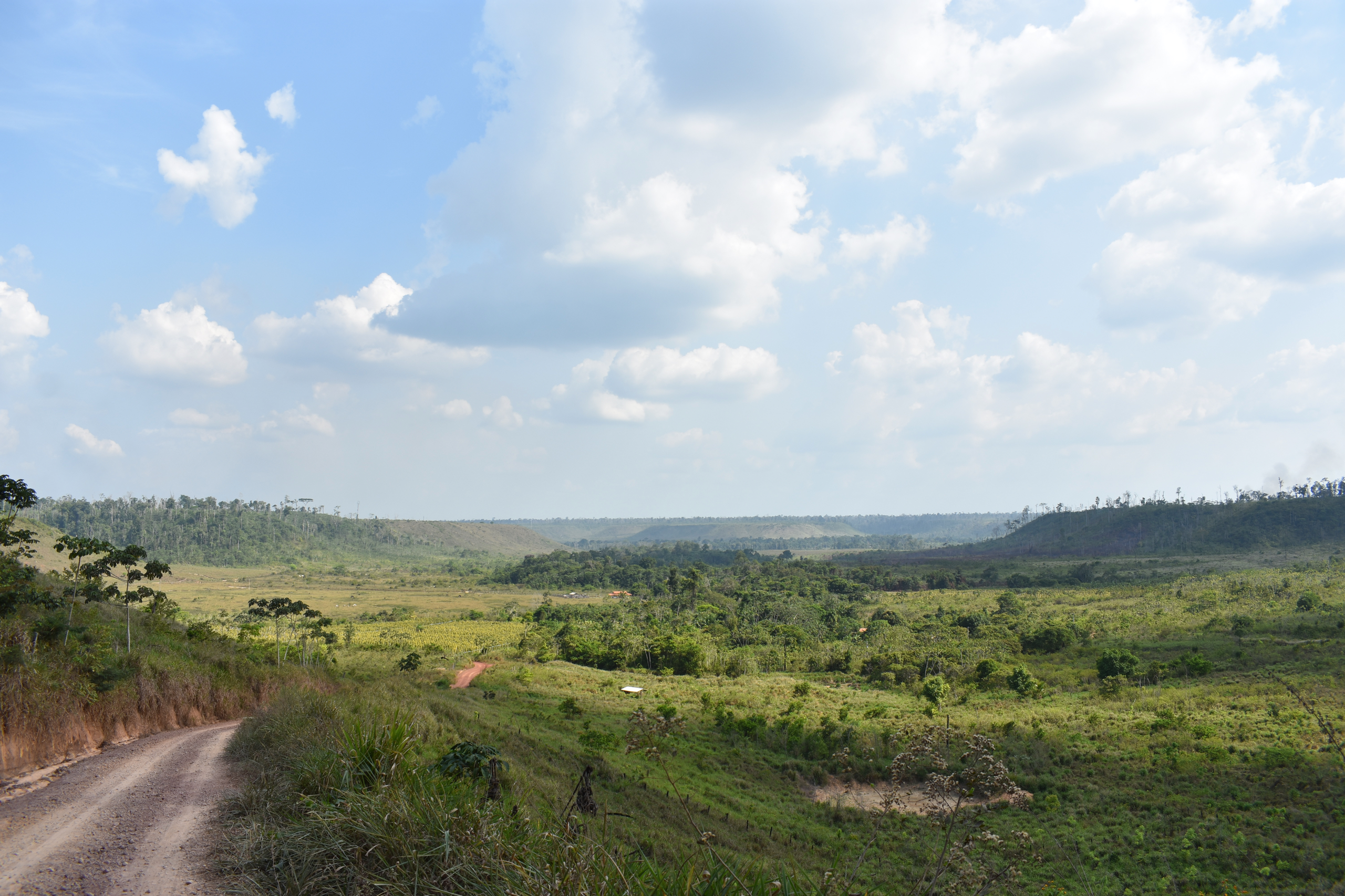
“Paragominas has done a lot to clean up its reputation. At its most rugged, it still feels a bit like the Wild West, but mostly it is like any other town – people want to barbecue, go to the bar and do normal things,” explained Sam Levy, a researcher from the Environmental Policy Lab of the Swiss federal Institute of technology in Zurich (ETHZ).
Levy and his colleague Federico Cammelli left the safety of Zurich to visit Paragominas over a year ago. They weren’t looking for adventure but to try to understand why farmers are still illegally clearing the surrounding Amazon forest despite strict regulations and pressure from buyers from abroad.
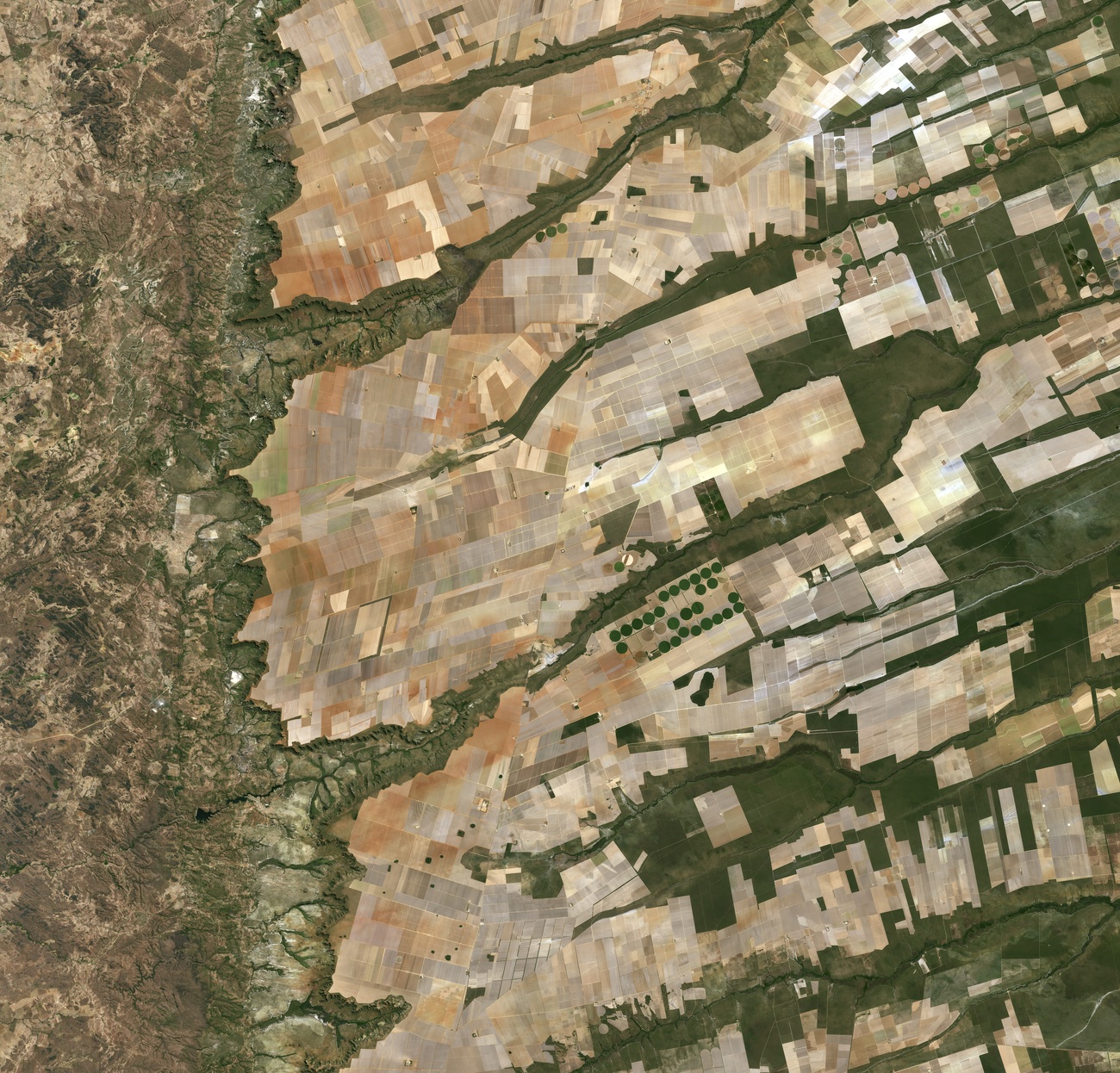
Halt in progress
The Brazilian Amazon experienced rapid and large-scale deforestation from the 1970s onwards mainly for beef cattle, soy farming and human settlements. Thanks to better laws and their enforcement – partly due to international pressure – the deforestation rate began to decrease from 2004 and fell by a massive 84% by 2012 compared to earlier levels. Enforcement of the Brazil’s Forest Code which required landowners in the Amazon to conserve 80% of the native vegetation on private property was a key factor.
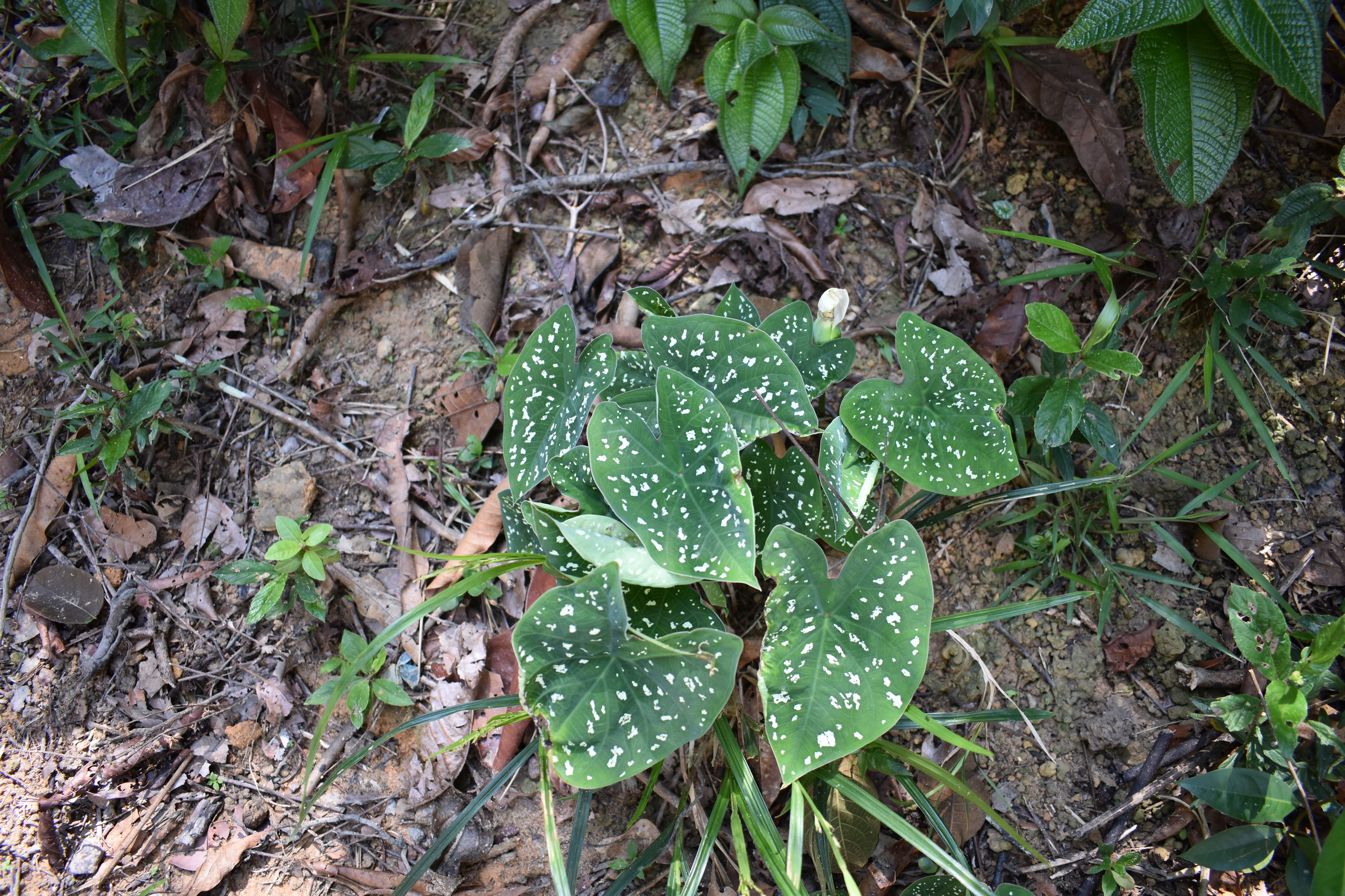
Another significant contributor to the decline in deforestation is the Amazon Soy Moratorium (ASM), a voluntary agreement signed by major corporations to stop sourcing soy from farms in the Amazon that were cleared after July 2008. Soy traders and companies were pressured by consumers and NGOs to jump on board.
However, since 2012 the rate of forest loss in the Brazilian Amazon has not reduced and has even increased slightly.
Many believe that the low hanging fruit – in terms of preventing deforestation in the Brazilian Amazon – have been picked. Further progress will require new initiatives such as improved traceability to identify hidden problems.
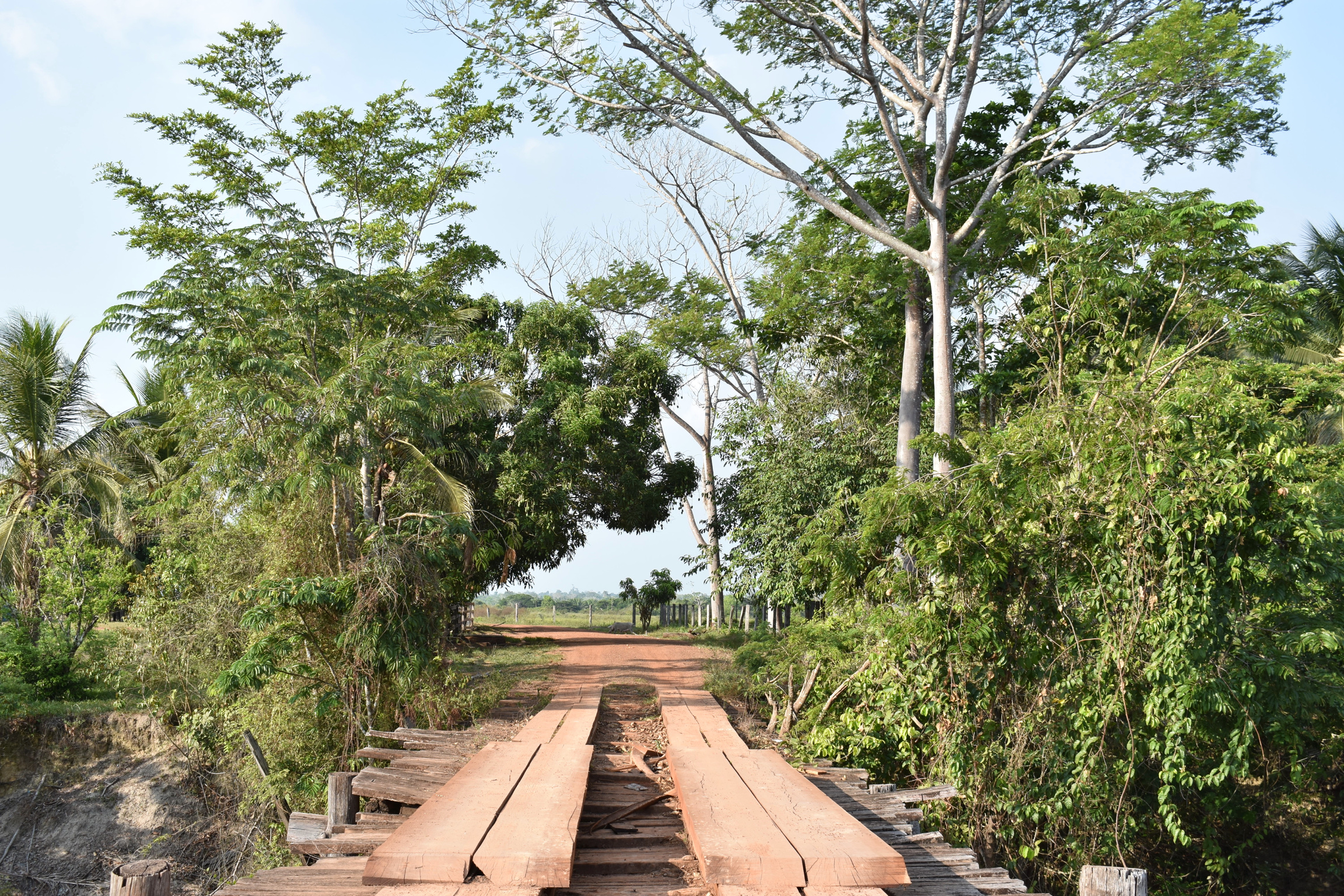
Indirect suppliers
Through their research, Levy and Cammelli have identified one such weak link in the supply chain of commodity firms: indirect suppliers. They are the ones that supply the direct suppliers (also known as tier 1 suppliers) and are lower down the chain to the producers of the commodity be it soy, cattle or palm oil.
“These days companies have a better hold on direct suppliers but seldom have any idea what their indirect suppliers are doing,” said Cammelli.
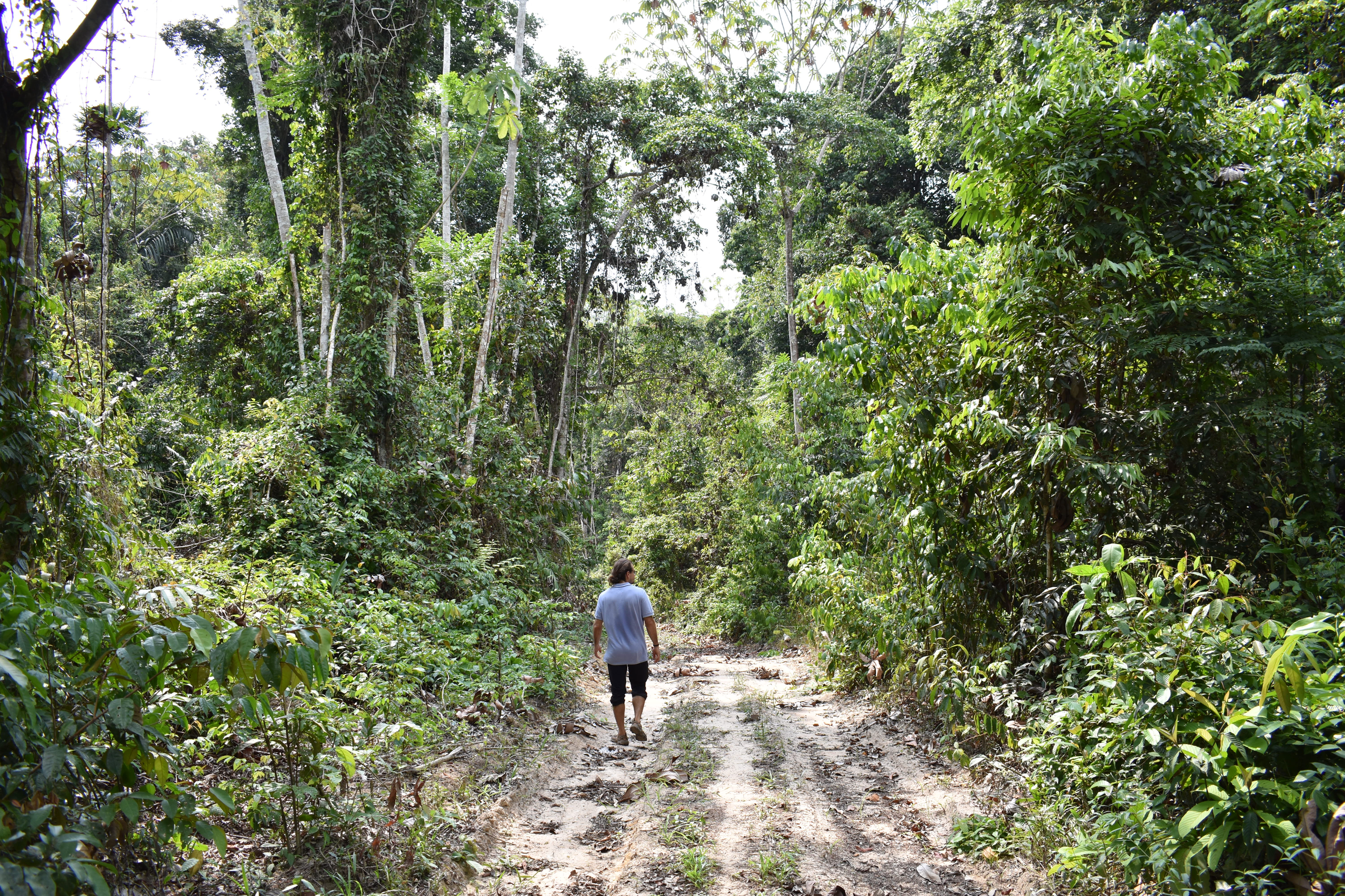
Even small-scale attempts to trace commodities back to farm have skirted indirect suppliers. A recent pioneering initiative by six of the biggest commodity firms (Glencore, Bunge, ADM, Cargill, LDC and COFCO) to trace soy back to the farm in Brazil’s Cerrado savannah (a biome that is more threatened than the Amazon) was limited to direct suppliers only. The consortium – known as the Soft Commodity Forum (SCF) – managed to achieve its target to trace back 95% of soy sourced from 25 high-deforestation risk municipalities by the end of 2020 but indirect suppliers were excluded from the initiative.
“As the indicator established by companies show that most of the soy is sourced directly — the scenario in which members have more access to information – we decided to prioritise reporting on direct sources and improving traceability to the farm,” said the SCF’s latest progress report.
It is true that indirect suppliers account for under 3% of the soy sourced in the region for four of the six participating companies. However, this was not the case for the remaining two: indirect suppliers were responsible for 12% of ADM’s and 35.1% of Viterra’s (formerly Glencore agriculture) soy. Not knowing where such a significant amount comes from – even in a relatively small slice of Brazil – is a serious blind spot when it comes to the credibility of zero deforestation commitments.
“Traceability for indirect sources is a journey that requires understanding the supply chain, engaging suppliers, assessing their systems and practices, building capacity where needed and enhancing governance where companies may play a minority role. The experience of all SCF members will provide critical learning opportunities for the group, and help to drive collective progress in this journey,” said an SCF spokesperson.
The challenge of tracking indirect suppliers is also true for other commodities. For example, Brazil’s largest meat processor JBS buys around 77,000 cattle a day from direct suppliers whose origin has to be checked at the moment of transaction.
“If they also monitored indirect suppliers they would have to check hundreds of thousands, maybe millions of cattle every day” said Cammelli.
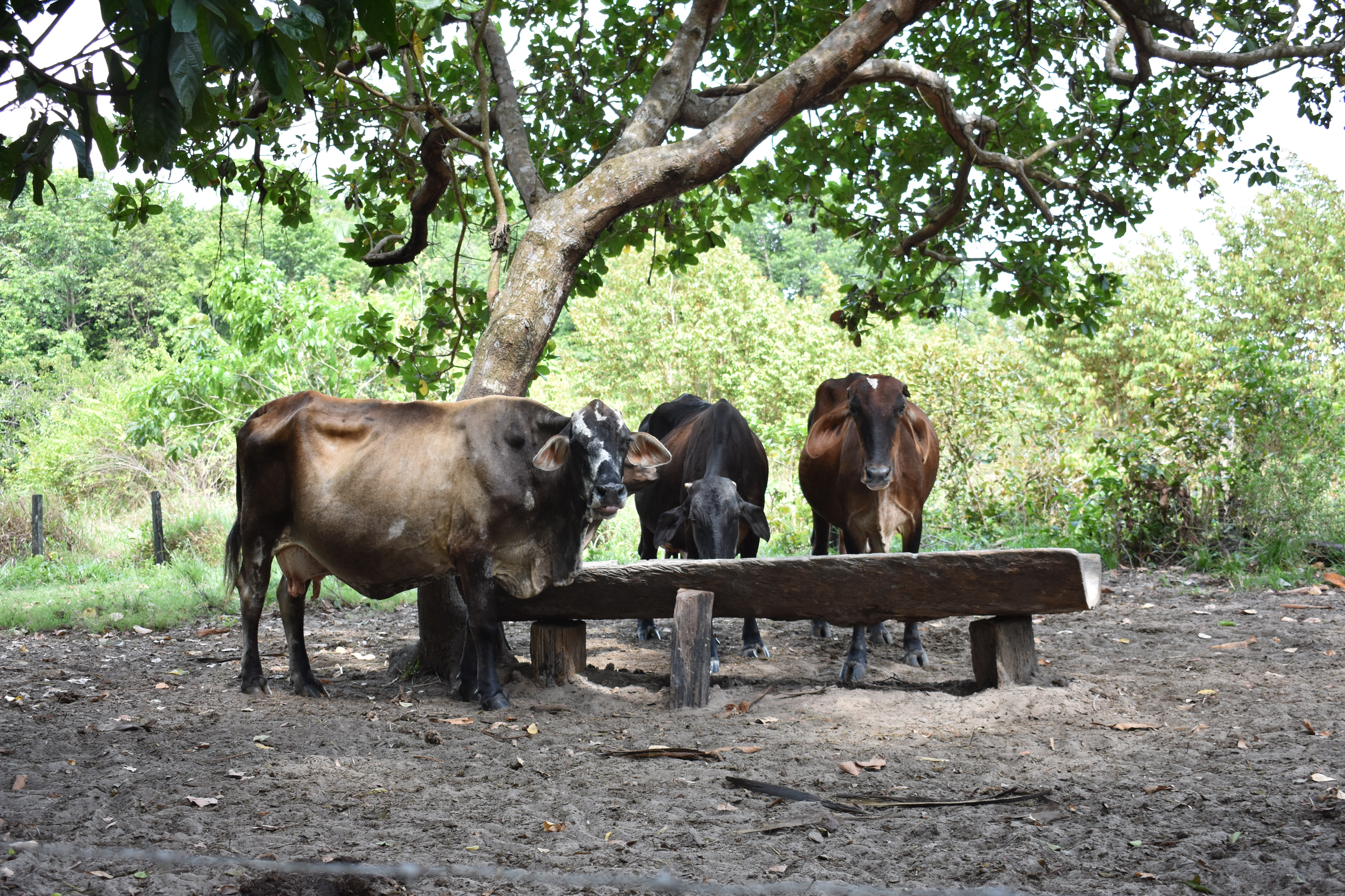
The scale and complexity of this task is why many companies have chosen to ignore indirect suppliers. While it is not feasible for big players to track every cow from birth to slaughter, indirect methods can help serve as an alternative monitoring tool to expensive methods like blockchain or satellite technology. Levy and Cammelli used publicly available sources such as company documents, cattle transportation records and household surveys to link farmers (indirect suppliers) to the companies that buy their products. This technique of triangulation using different data sources can offer an estimate of whether indirect suppliers are compliant or not.
Hidden deforestation
The Swiss-based scientists interviewed just over 300 cattle Brazilian farmers in the Amazon identified by triangulation methods. They found out that around a quarter of them had cut down forests on their property since zero deforestation commitments began. In total, these farmers had cleared a total of 3,400 ha of primary forest unknown to the companies they supplied.
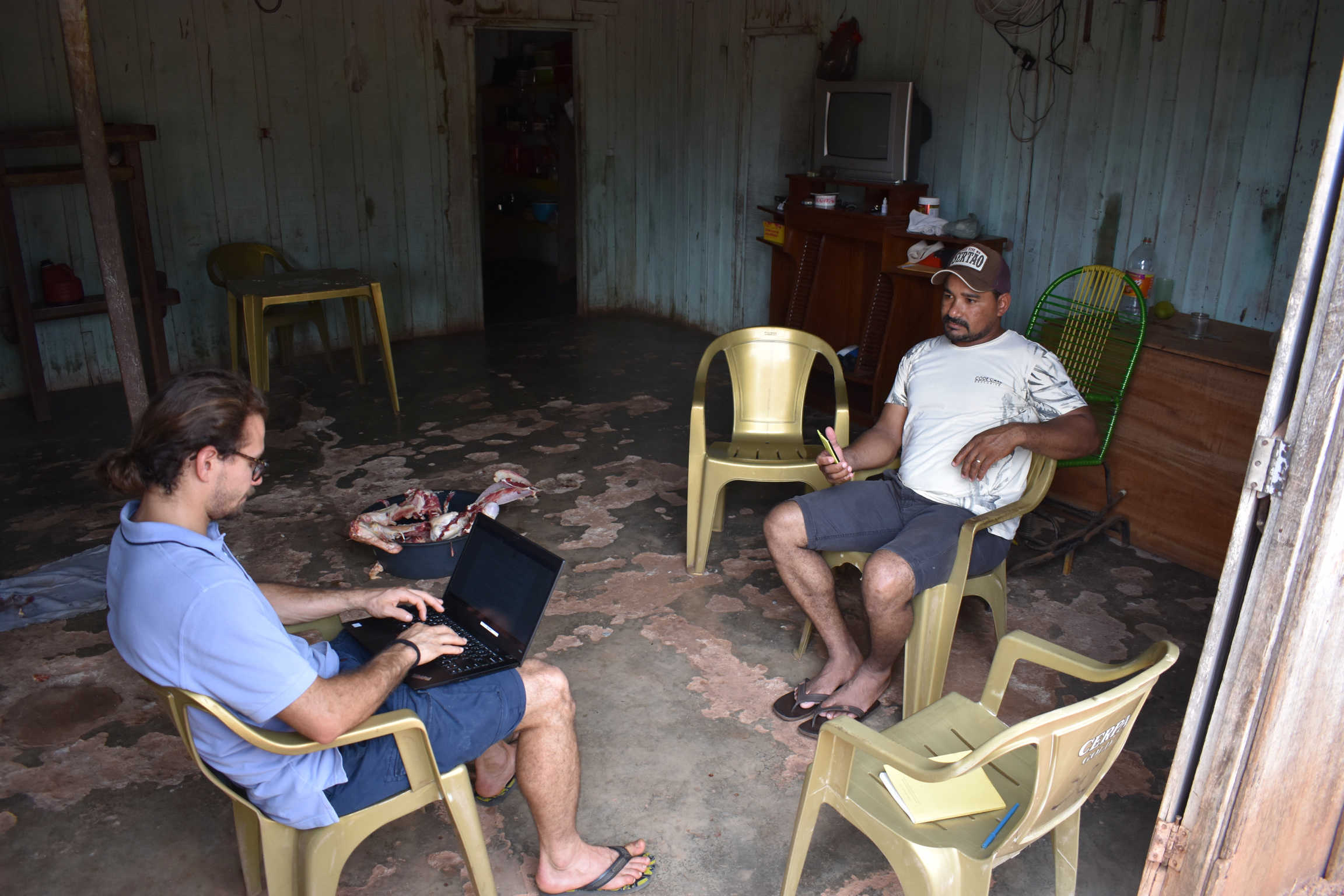
How can these farmers be encouraged to stop clearing the Amazon? According to Levy, what farmers would like the most is to be paid for not cutting down forest on their land.
“They would often tell us that they were asked to change their behaviour, but we don’t see any financial benefit from this ”.
Cammelli is not convinced paying farmers a premium is a realistic solution.
“Offering a price premium for respecting the law is politically risky as it creates a narrative that public policies are illegitimate.”
He believes that stricter rules and improved monitoring are better options to avoid unfair competition between compliant and non-compliant farmers. It is still too easy for farmers to circumvent zero deforestation agreements and regulations. Currently, farmers that are indirect suppliers are not affected by Brazilian environmental legislation. There is also evidence that some farmers are using this as a loophole to launder cattle from “dirty” farms to “clean” ones.
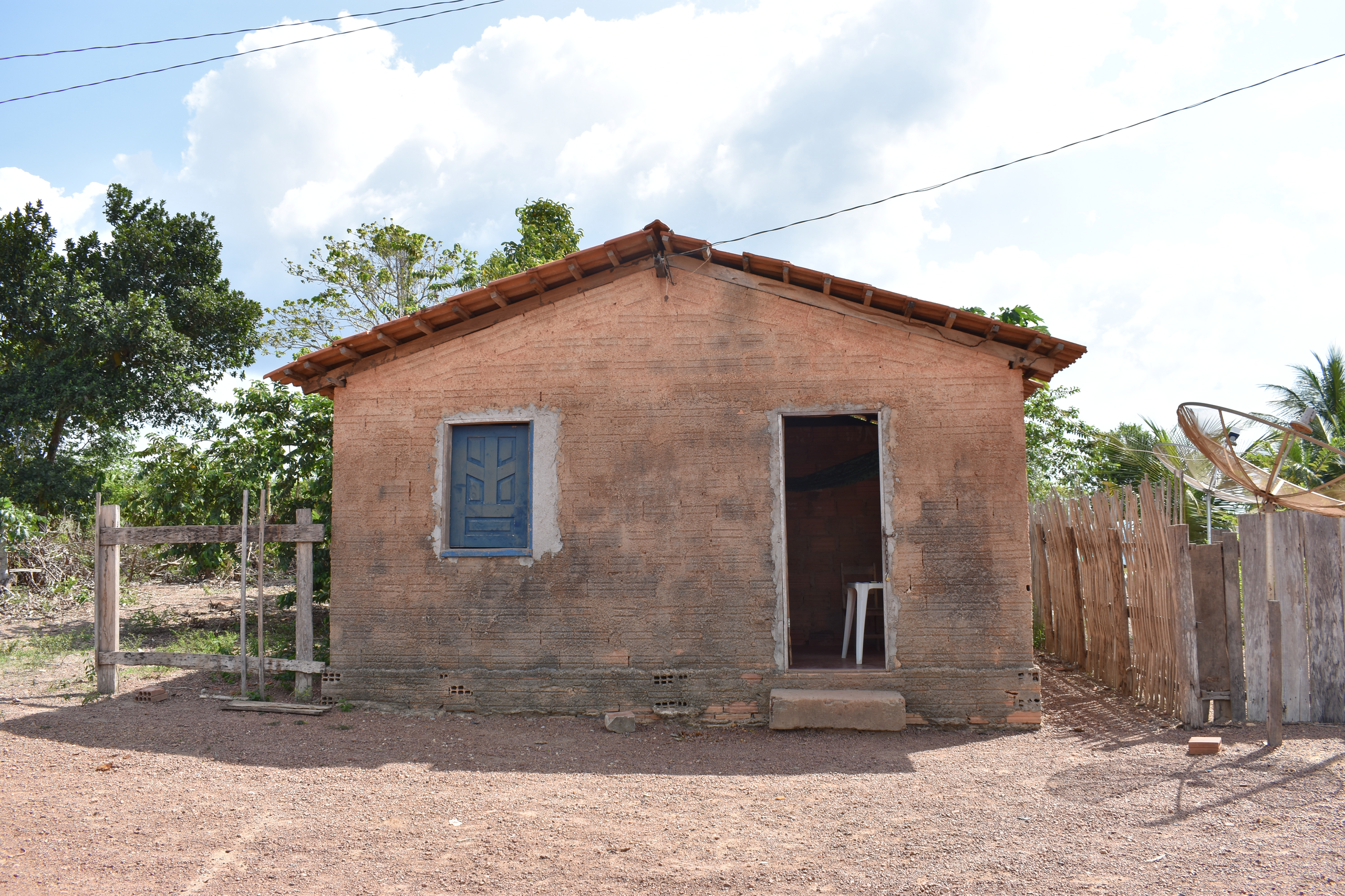
Finding solutions now
The Swiss research team claims the time is ripe to bring indirect suppliers of commodities within the purview of existing legislation. However, they want this process to be equitable given that many of them are smallholders with little capacity to adapt quickly.
“In the past, the European Union has pushed for a whole series of approaches such as blockchain and the installation of GPS devices on cows, which are costly and hard to implement in a short amount of time. It’s also these impractical requests that have allowed Brazilian meat industry to kick the can down the road for so many years,” Cammelli said.
Some of the more realistic proposals floating around recommend monitoring of only the biggest indirect supplier of each direct supplier. One such initiative already underway is the Brazilian Livestock Indirect Supplier Working Group (Grupo de Trabalho dos Fornecedores Indiretos na Pecuária Brasileira or GTFI) a coalition of meat exporters like Minerva Foods, supermarket chains like Carrefour and research institutions.
A study commissioned by GTFI in the states of Pará and Mato Grosso found that only a very small percentage of direct suppliers had more than one indirect supplier with deforestation problems. As an achievable starting point that could prevent slaughterhouses and farmers from taking advantage of the indirect supplier loophole without affecting supply volumes, the Working Group suggests firms only accept cattle from direct suppliers with a maximum of one non-compliant indirect supplier. To ensure that smallholder, the most vulnerable members of cattle supply chains, do not bear the brunt of this change, GTFI guidelines for good practices are also only applicable only to indirect suppliers with more than 100 ha in land.
“NGOs are now taking a sensible approach to establish working groups with industry to figure out potential solutions that are applicable right away and then improve them little by little. The hope is that through these measures, forests in the Amazon and across the tropics can be protected without harming farmers’ livelihood” Cammelli said.
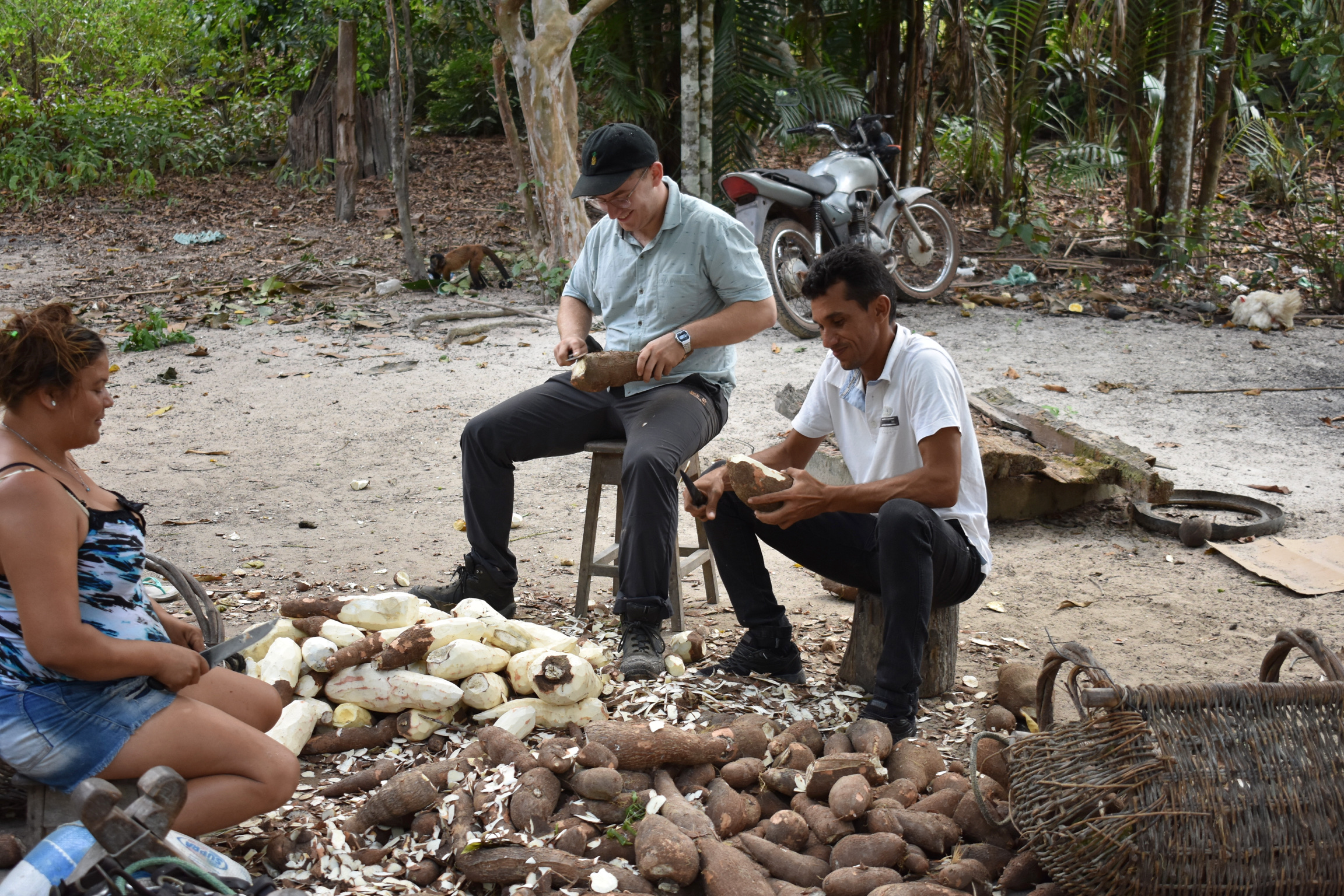

In compliance with the JTI standards
More: SWI swissinfo.ch certified by the Journalism Trust Initiative















![The four-metre-long painting "Sonntag der Bergbauern" [Sunday of the Mountain Farmers, 1923-24/26] had to be removed by a crane from the German Chancellery in Berlin for the exhibition in Bern.](https://www.swissinfo.ch/content/wp-content/uploads/sites/13/2025/12/01_Pressebild_KirchnerxKirchner.jpg?ver=a45b19f3)














Join the conversation!